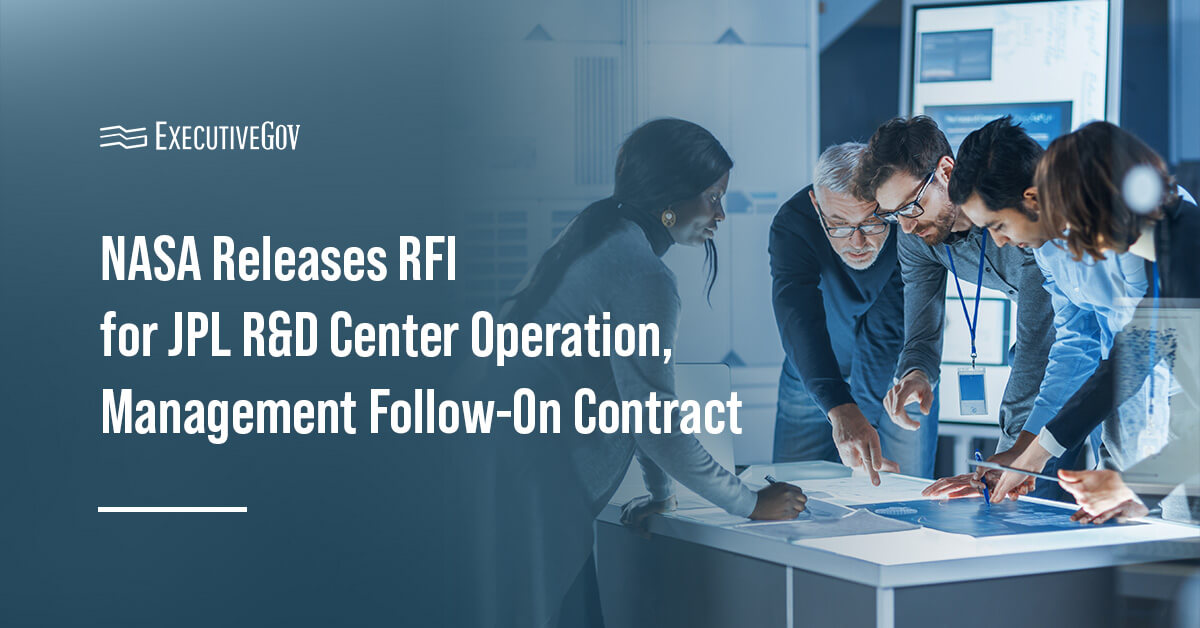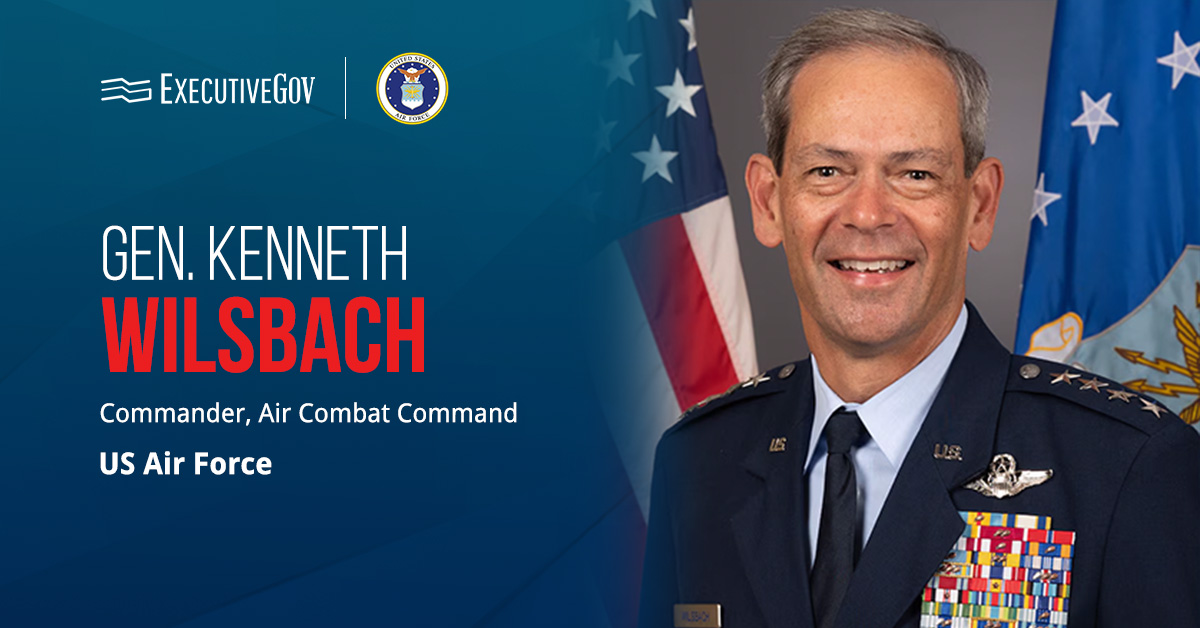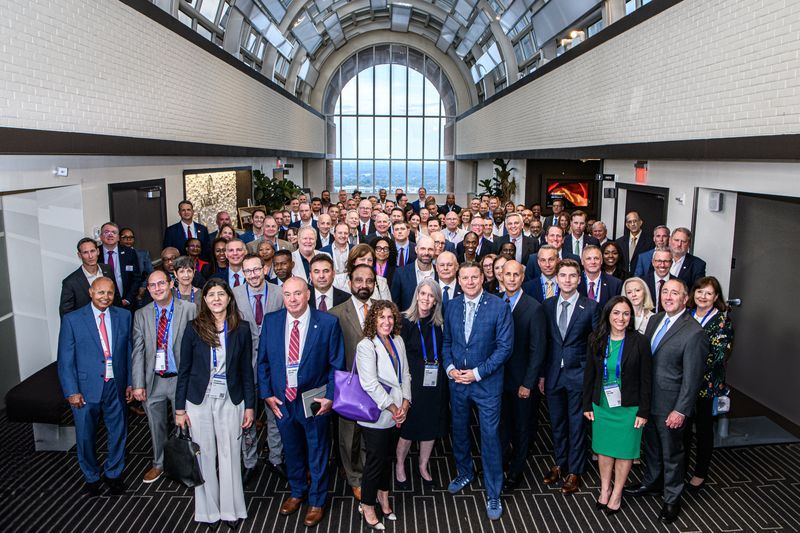The NASA Office of JPL Management and Oversight, NOJMO, has issued a request for information for potential contractors capable of operating and managing the Federally Funded Research and Development Center at NASA’s Jet Propulsion Laboratory.
Get the scoop on top space defense priorities from leaders like Gen. Michael Guetlein and Lt. Gen. Heath Collins at the 2025 Air and Space Summit on July 31! Only from Potomac Officers Club, the capital region’s leading GovCon networking organization.
NASA FFRDC Operation & Maintenance Contract Scope
According to the notice posted on SAM.gov Thursday, the contractor will provide project management services to support NASA in advancing research and development capabilities to meet agency needs. The contractor will collaborate with the on-site NOJMO and NASA sponsors to create task plans to facilitate science, research, technology, and mission development and operation of advanced science and exploration concepts and capabilities.
The contract will cover the management of deep space and Earth-orbiting missions and instruments for science and exploratory purposes. The services will include mission concepts, design work, project management, systems engineering and operational support for missions involving deep space communication and navigation, integration of radioisotope power systems, planetary entry, descent and landing, surface mobility, and survival in extreme environments.
The contractor will also support advanced Earth, planetary and astrophysical remote sensing, and space research and technology development. The project will cover the operation of spacecraft sent as orbiters to the Moon or other planetary bodies, robotic landers, rovers and scientific observatories.
Interested parties have until July 18 to submit their responses.















